Pea aphid remedies - effective chemistry and safe folk recipes
Have pea aphids appeared in the garden? It must be removed immediately by hand or washed off with water. If the colony is too large, they are treated with folk remedies, and in extreme cases - with chemical insecticides.
What types of aphids are found on peas
The pea aphid is a rather large variety: the length of the body of an adult individual reaches 5 mm. The shape is spherical, closer to oval, the body color is green. If you look closely, you can see that the limbs of this insect are quite long: they help it to successfully climb the surface of the shoot.
Green aphids are subdivided into 2 types:
- Wingless - moves only along shoots and on the ground. Lays eggs in the roots, where they hibernate. Then, with the onset of spring, larvae emerge from the eggs, which immediately begin to actively absorb plant juices and grow rapidly.
- Winged - This is a special category of aphids that actively migrate to new shoots of peas and other crops. Such individuals establish new colonies that reproduce successfully in the absence of enemies (ladybirds, birds) and exposure to insecticides.
Along with green peas, you can also find red, brown aphids, which noticeably contrasts with the color of the plant. These species have approximately the same size and cause no less harm: the larvae quickly suck out the cell sap, which is why the culture lags behind in development and can even wither.
How to detect a pest
Aphids on peas can be identified visually, however, even if the pests themselves are not visible, the consequences of their appearance are noticeable on the plants:
- the pea bush becomes weakened, lags behind in development;
- leaves are deformed;
- ovaries do not form from the flowers, as a result of which the yield of peas sharply decreases.
An indirect sign of the presence of aphids in the garden is a large number of ants running along the beds. They protect aphids from predatory insects, as they feed on the sweet liquid they produce - honeydew. Therefore, all anthills on the site and next to it must be completely destroyed. They are ruined with a shovel, after which they are poured with boiling water, sunflower oil (including overcooked), vinegar, soda, hot ash are poured. You can also put aromatic herbs next to the anthill - wormwood, wild mint, parsley, etc.
How to process peas: 10 insecticides
If aphids appeared on peas and other crops in large quantities, then to destroy the entire colony it is better to use effective insecticides that will help solve the problem in just a few days:
- Phosphamide;
- Corado;
- Biotlin;
- Kinmix;
- "Spark";
- "Fufan";
- "Karbofos";
- "Confidor";
- "Entobacterin";
- "Aktara".
Along with these chemicals, there are quite a few other insecticides that help get rid of both aphids and other common pests. Their use is often a last resort because they also kill beneficial aphid-eating insects such as ladybugs.
When using insecticides, you must carefully observe safety measures (work with gloves and a mask), as well as the dosage, following the instructions.
For example, the rules for using Corado are as follows:
- Dissolve 1 ml of the product in a standard bucket of cold water (10 l).
- The amount is calculated based on the ratio: 10 liters for spraying 1 weave.
- The prepared solution is sprayed onto pea shoots. The first insects begin to die in the next few hours. However, many aphids continue to move, although they gradually lose their viability.The complete destruction of pests occurs already on the 3rd day.
Each product has its own dosage and rules of use, but there are general tips that you should pay attention to:
- During flowering, insecticides should not be used, since bees, wasps, and bumblebees also suffer from them. As a result, they cannot pollinate the plants and the flowers do not form an ovary. In such cases, it is better to use folk remedies, the recipes for which are described below.
- It is better to carry out the processing in the evening or in the afternoon in cloudy weather, so that the pea leaves are not burnt by the sun's rays.
- During spraying, the weather should be dry and calm, otherwise the work efficiency will sharply decrease.
- Plants can be processed several times: the first spraying is carried out even before the buds open, which helps to destroy the eggs. The second treatment is as necessary, if aphids are found on peas in large quantities. However, since the time for complete removal of the insecticide from the fruit is 25-30 days, treatment should be planned no later than one month before harvest.
Throughout the season, it is necessary to periodically inspect the beds, since if the garden has not been processed for a long time, another aphid invasion is possible. In addition, other methods can be used as preventive measures - to attract birds (make feeders and drinkers), plant onions, garlic, dill and other plants with a pronounced odor. It is also useful to know about those insects that eat aphids: these are ladybugs, lacewings, predatory species of bugs.
Folk remedies
Folk methods of fighting aphids have long been tested by summer residents and are successfully used to this day. Their advantage is that such funds are available to almost everyone and, moreover, are very effective. For use, you must prepare a solution - all the proportions of the ingredients are indicated in a standard bucket of water (10 l).
To destroy aphids, you can use the following tools:
- Take potato tops (1.2-1.5 kg) and infuse in water for 3-4 hours. If the tops are dry, you need to take 2 times more of it. Also, potato tops can be replaced with tomato - it also destroys aphids well.
- Infusion of garlic: the cloves are finely chopped (in total, 300 g of gruel should be obtained) and infused in a bucket of water overnight, and then sprinkled with peas.
- Take 200 g of onion peel (you can together with finely chopped onion), pour water and leave for 4-5 days, and then spray the shoots with aphids.
- If lilacs grow on the site, you need to collect flowers and dry them. The amount of dry petals is 1 kg per 10 liters of hot, but not boiling water. The solution is heated for 45 minutes over low heat so that it does not boil. Add 1-2 tablespoons of finely grated laundry soap there.
- Help well to cope with aphids and weeds. For example, if a lot of burdock grows nearby, collect its feathers (4 kg), chop finely and soak in water for 3-4 days, after which peas are filtered and sprayed.
- Another useful weed is celandine. For the preparation of the product, you can use the entire green part. Collect 4 kg of fresh grass, pour 10 liters of hot, but not boiling water and infuse for 1-2 hours. As soon as the liquid turns brown, the solution is ready - you can spray it with peas.
- Take pharmacy dry mustard (1 tablespoon) and infuse in water (1 liter) for 2 days. Then the solution is brought to 10 l and the peas are processed.
- A proven product is ash solution (2-3 glasses per bucket). Insist 1 day, then warm up a little on the stove and at this time add 2 tablespoons of shavings of laundry or tar soap.
- If there are very few bushes, you can spray them with Coca-Cola (gas is first released from it).
- Pet owners often buy flea shampoos, which are also good for aphids. In a standard bucket of water, you can dilute half a glass (100 ml) of the product, stir thoroughly and immediately use it as directed.
Thus, it is quite possible to defeat aphids on peas, as well as on any other plants. The main requirement is regular processing, after which you need to periodically observe the beds. If necessary, the procedure is repeated so that the pest does not have time to infect neighboring crops.
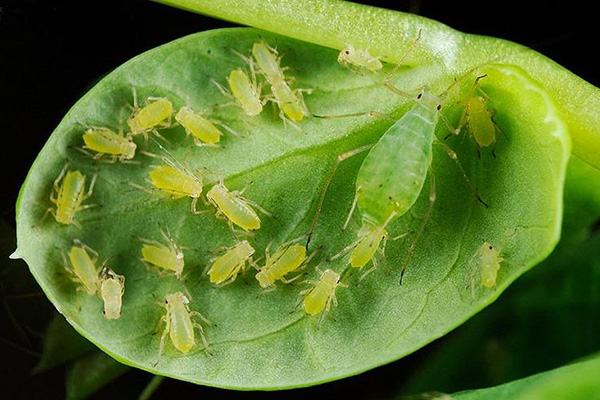
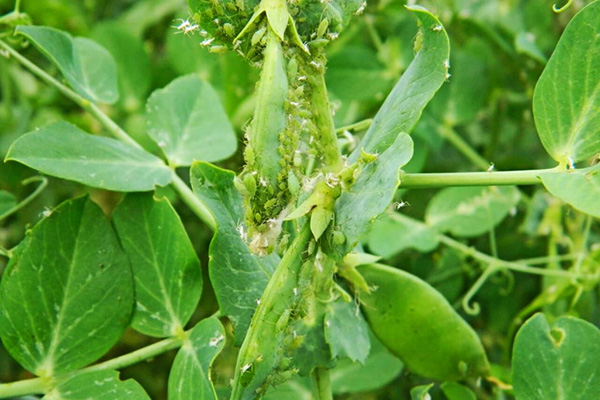
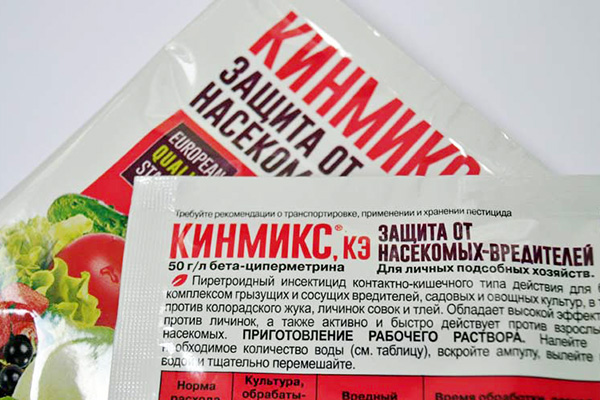
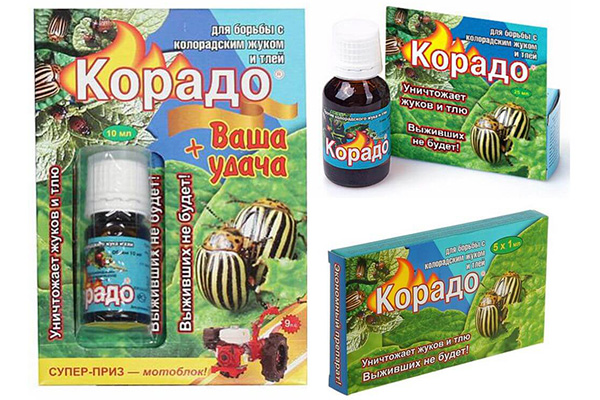
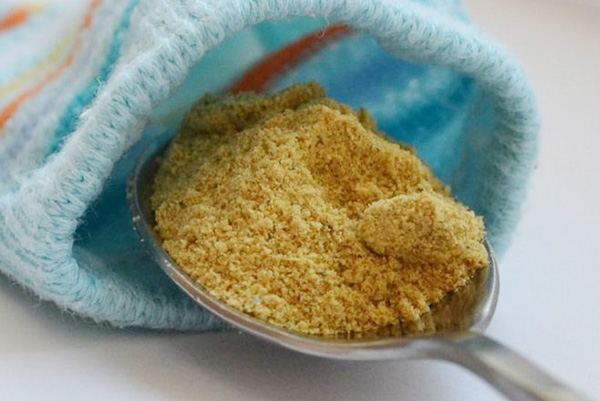
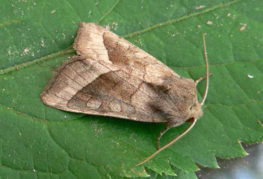
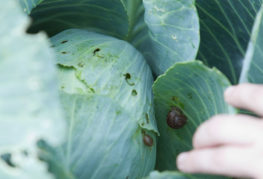
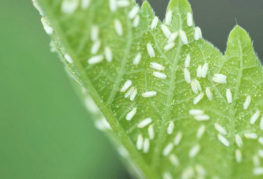

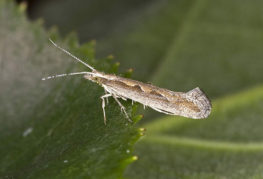
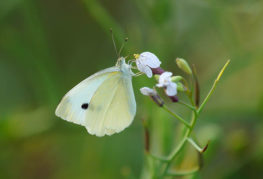
and will be published shortly.